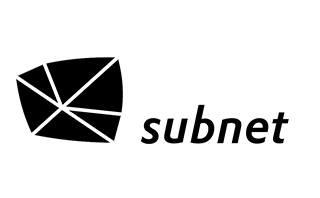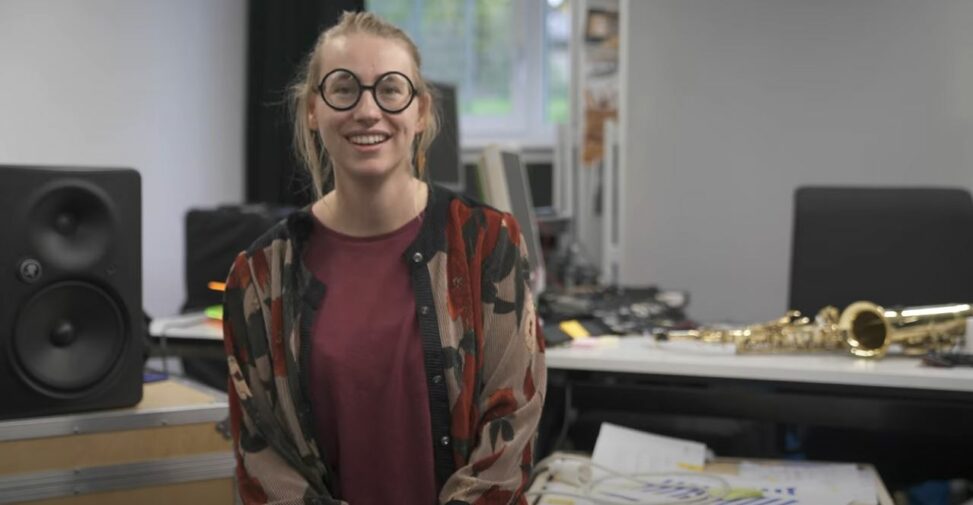Jana De Troyer, our third subnetAIR 2022, worked in October at the Center for Human-Computer Interaction on her project ||: Focus – Distraction :||. Take a look at the artist and her project (documented by Matthias Gruber).
Jana De Troyer
Composer and performer Jana De Troyer explores the dynamic boundaries between styles and disciplines, deftly alternating her roles as composer, free improviser, instrumentalist, human being, sound artist and programmer. In addition to being a contemporary saxophonist, Jana has a strong interest in exploring different forms of expression and uniting them. This love of experimentation leads to a variety of creative collaborations with composers, musicians and artists from other disciplines such as visual arts, dance and programming.
Her own work includes both instrumental and electronic music, as well as interactive installations, net art, and audiovisual works. She has developed music for a knitting guitar quartet (Fashionista’s), kissers (DU-O), a:n window cleaner:in and electronics (Putzzwang), Tiktok-loving improvisers (FMO_1), and meditating spectators:in and cactus (Intimate Space Study 1a), among others. At the heart of her work is an intense sonic engagement with extra-musical concepts, often leading to the integration of interdisciplinary means.
Project: „||: Focus – Distraction :||“
What do we want to invest our time in? In work? Reading? Human contact?
How present are we actually still at it?
Our attention has become one of our most valuable commodities. Not only for ourselves, but also as currency for the marketing machine. Our attention span has become shorter than that of a goldfish, and companies are trying to figure out how to get as much of our attention as possible on their products. We know that our digital behavior is being tracked, our clicks are being saved, and our time is being hijacked. What if they went a step further and collected physical data to feed the algorithm – would that be going too far?
During the subnet residency, Jana De Troyer looked at changing attention spans, privacy and marketing mechanisms. What are the limits of data tracking? How does an artist deal with the ever-shortening focus of his audience? And above all: are humans and goldfish sitting in the same… um, goldfish bowl?

